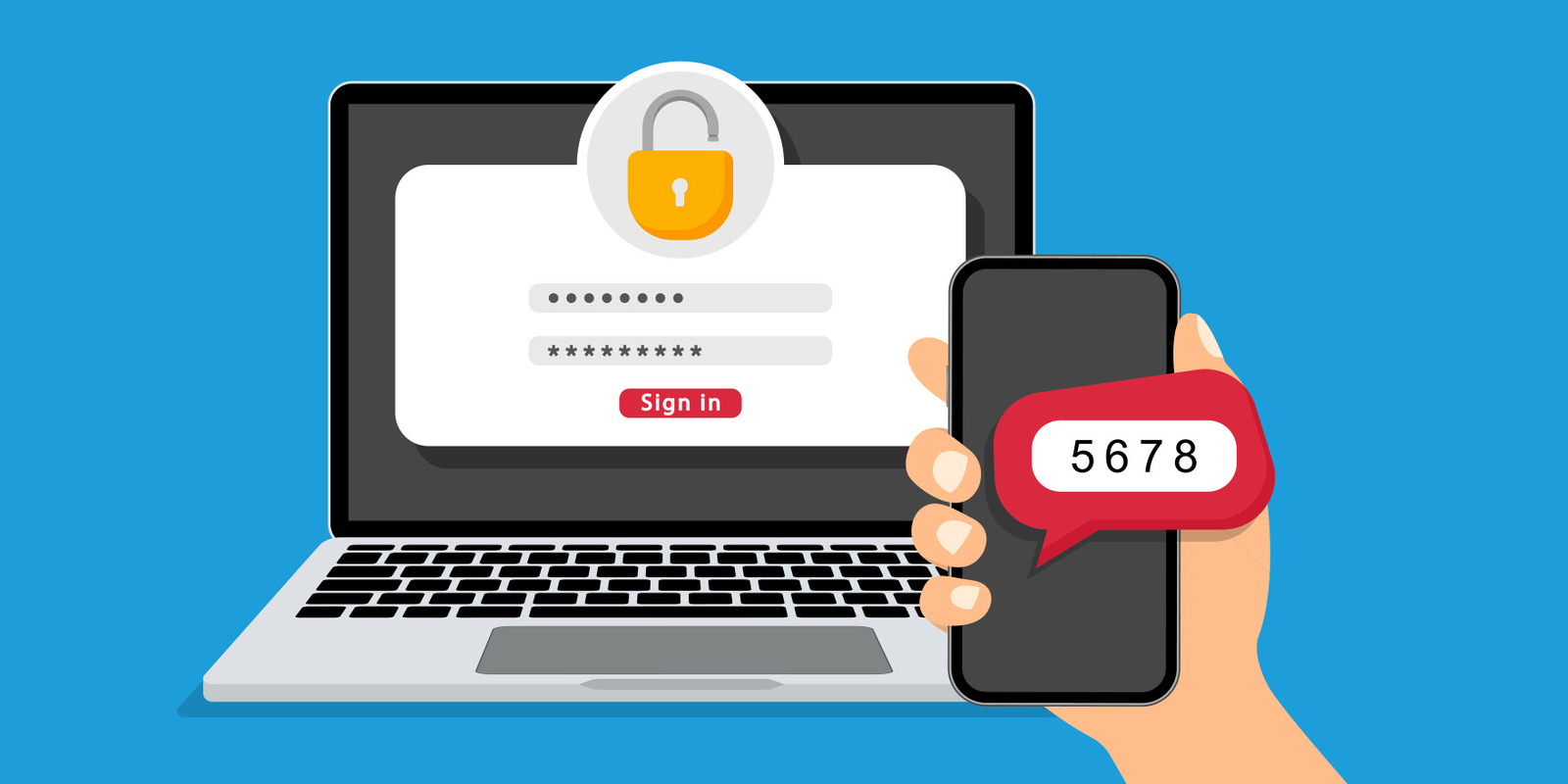Multi-Factor Authentication: Enhancing Security with Layered Protection
In an era of increasing cyber threats and sophisticated attacks, ensuring robust security for your systems and data is paramount. Multi-Factor Authentication (MFA) provides a powerful solution by adding an extra layer of protection beyond traditional passwords. This blog post explores how MFA enhances security through layered protection, including its benefits, factors, and best practices for implementation.
What is Multi-Factor Authentication?
Multi-Factor Authentication (MFA) is a security mechanism that requires users to provide two or more verification factors to gain access to a system or application. By combining multiple forms of authentication, MFA significantly strengthens security compared to relying on a single factor, such as a password.
How MFA Enhances Security

1. Layered Protection
MFA enhances security by implementing multiple layers of authentication, making it more difficult for unauthorized users to gain access. Each layer requires a different type of verification, ensuring that even if one factor is compromised, the remaining factors continue to provide protection.
2. Reduction of Password Vulnerabilities
Passwords are a common target for cybercriminals due to their susceptibility to theft, phishing, and brute-force attacks. MFA mitigates these risks by requiring additional verification factors beyond just the password, reducing the likelihood of unauthorized access.
3. Protection Against Credential Theft
Even if attackers obtain a user’s password through phishing or other means, they would still need additional authentication factors to complete the login process. This additional layer of security helps prevent unauthorized access and protects sensitive information.
4. Enhanced Identity Verification
MFA ensures that the person accessing the system is indeed the authorized user by requiring multiple forms of verification. This strengthens identity verification and reduces the risk of identity fraud and unauthorized account access.
Types of Authentication Factors
MFA relies on a combination of different authentication factors, typically categorized into three main types:
1. Something You Know
This factor includes knowledge-based credentials, such as:
- Passwords: A secret word or phrase used to authenticate the user.
- PINs: A Personal Identification Number that provides an additional layer of security.
2. Something You Have
This factor involves physical or digital items that the user possesses, such as:
- Security Tokens: Physical devices that generate a one-time passcode (OTP) for authentication.
- Smartphones: Mobile devices that can receive OTPs via SMS or authentication apps.
- Smart Cards: Physical cards with embedded chips that provide secure authentication.
3. Something You Are
This factor involves biometric verification based on unique physical characteristics, such as:
- Fingerprints: Scans of a user’s fingerprint for authentication.
- Facial Recognition: Scans of a user’s face for authentication.
- Iris Scans: Scans of a user’s iris for authentication.
Benefits of Implementing MFA
1. Improved Security Posture
MFA significantly enhances security by providing multiple layers of protection, reducing the risk of unauthorized access, and protecting against various types of attacks.
2. Reduced Risk of Data Breaches
By requiring additional authentication factors, MFA helps prevent data breaches and unauthorized access to sensitive information, safeguarding your organization’s data and reputation.
3. Compliance with Regulations
Many industry regulations and standards, such as GDPR, HIPAA, and PCI-DSS, require or recommend the use of MFA to protect sensitive data and ensure compliance. Implementing MFA helps meet these regulatory requirements.
4. Enhanced User Confidence
Users feel more secure knowing that their accounts and data are protected by multiple layers of authentication. This increased confidence can lead to higher adoption rates and improved user satisfaction.
5. Mitigation of Phishing Attacks
MFA helps mitigate the risk of phishing attacks by requiring additional authentication factors beyond the stolen password. Even if a user’s password is compromised, the attacker would still need the additional factors to gain access.
Best Practices for Implementing MFA
1. Choose the Right MFA Methods
Select MFA methods that align with your organization’s needs and user preferences. Consider a combination of factors that provide strong security while balancing user convenience.
2. Educate Users
Provide training and resources to educate users about the importance of MFA, how to use it, and best practices for maintaining security. User awareness and education are key to successful MFA implementation.
3. Implement MFA for Critical Systems
Prioritize the implementation of MFA for critical systems and applications that handle sensitive data or provide access to key business functions. This ensures that the most valuable assets are protected.
4. Regularly Review and Update MFA Settings
Regularly review and update MFA settings to ensure they remain effective and aligned with evolving security requirements. Update authentication methods and factors as needed to address new threats.
5. Monitor and Respond to MFA-Related Incidents
Monitor for any unusual activity or potential issues related to MFA, such as failed authentication attempts or attempts to bypass MFA controls. Implement incident response procedures to address any potential security incidents.
Conclusion
Multi-Factor Authentication (MFA) provides an essential layer of protection by requiring multiple forms of verification to access systems and applications. By enhancing security through layered protection, MFA reduces the risk of unauthorized access, mitigates password vulnerabilities, and supports compliance with regulatory requirements. Implementing MFA, following best practices, and educating users are crucial steps in strengthening your organization’s security posture and safeguarding sensitive information.



